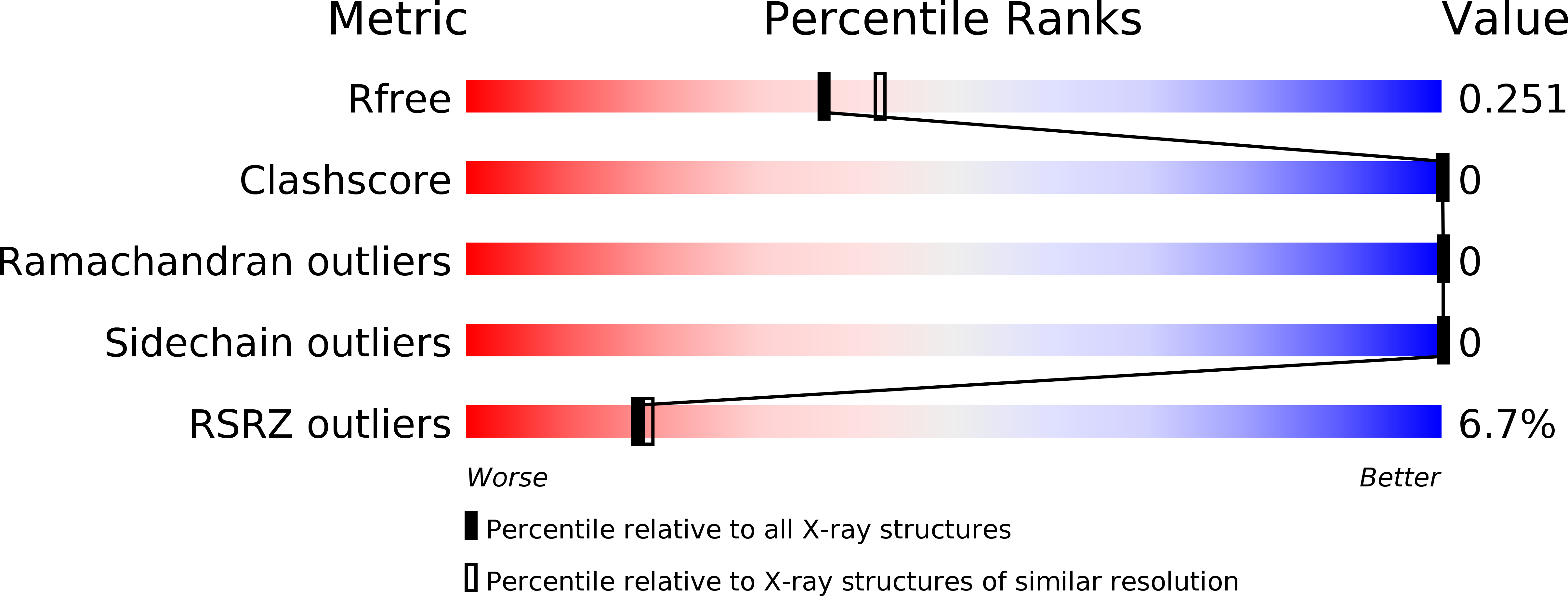
Deposition Date
2017-12-06
Release Date
2018-07-25
Last Version Date
2024-10-09
Entry Detail
PDB ID:
6BTC
Keywords:
Title:
SCCmec type IV LP1413 - nucleic acids binding protein
Biological Source:
Source Organism:
Staphylococcus aureus (Taxon ID: 1280)
Host Organism:
Method Details:
Experimental Method:
Resolution:
2.18 Å
R-Value Free:
0.25
R-Value Work:
0.22
R-Value Observed:
0.22
Space Group:
P 61 2 2


